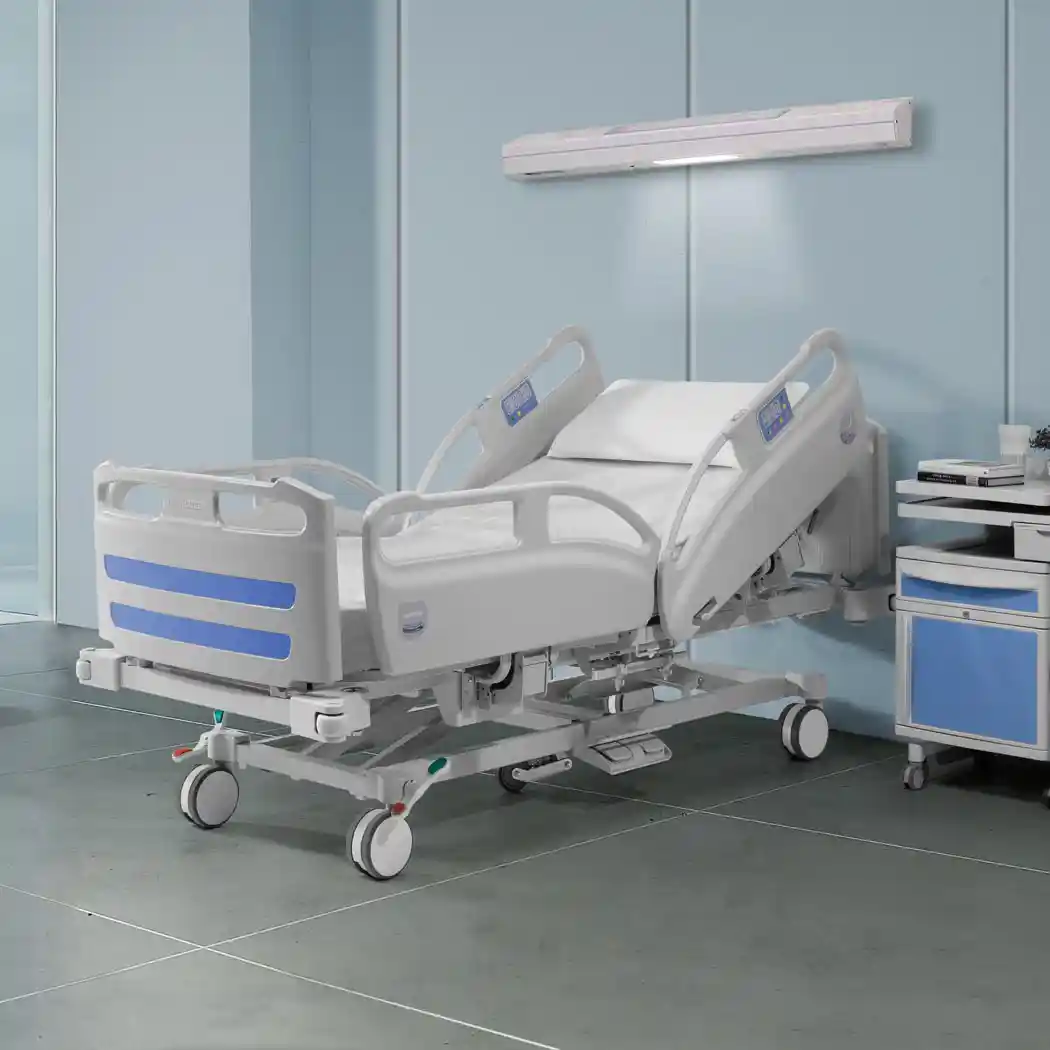All you need to know about spacers

What types of spacers are there?
Just like grooved pins, there are several different types of spacers. Spacers are mechanical fasteners used to position assemblies that contain screws and pins.
LGC Industries produces four types of spacers in Avrillé, western France:
- Ground dowel centring pins: allow two holes to be precisely aligned
- Compression spacers, otherwise referred to as just spacers: maintain a gap between two parts
- Spacers with an internal or external thread (threaded inserts)
- Smooth threaded spacers, also called threaded studs.
Ground dowel centring pins (aka centring bushes) are used to achieve centring and alignment within a mechanical assembly.
The inner diameter is adapted so that a screw can fit through, with the outer diameter ensuring precision, for a perfect fit.
Spacers are used to protect assemblies of plastic parts against forces of compression. They are designed to be overmoulded to avoid the parts bending and minimise any dimensional changes in the event of temperature shocks.

How are spacers made?
The first step when manufacturing a spacer is cutting the raw material.
The raw material is in the form of long, hollow tubes. The material and the diameter depend on the client's desired final part.
The tube enters a machine which cuts it to the desired length.
The part can be further machined with specialised machines. For example, chamfers may be needed, or maybe a particular surface finish on the material.
The part then goes through a grinding stage.
Grinding means using a machined dimension to achieve better precision and improve the surface finish. Here at LGC Industries, we ground the diameters of the pins and spacers. The grinding process is quite simple: a die pushes the parts against a grinding wheel rotating at high speed. Through abrasion, this wheel will change the diameter of the part to reach tolerances of just a few microns (~5-6 μm).
Once the part is done being machined, into the washing machine it goes! Even fasteners deserve to be spruced up a bit before being shipped to our customers!
This step is where we remove any swarf (metal chips) and oil residue on the parts. We can also add anti-corrosion protection to it.
What kind of applications can spacers be used for?
Spigot rings (or hub centric / centre rings) are mainly found in engines. They are used to assemble two parts in a crankcase in such a way that they are well aligned. This precision is important to avoid any gaps.
Spigot rings (centring spacers) are also used in car wheels. By changing the spacing of the wheels, they serve a mainly mechanical purpose, offering a positive impact on vehicle handling.
Spacers are also to be found in the camshaft, where their main function is to correctly position the screws in the crankcase. Finally, spacers are also used in the vehicle's suspension, linking the pivot points to the chassis.
Spigot rings or ground centring spacers are used to centre and align two half-cases such as transmission belt casings, centre bearing, gearbox housing, cylinder head, pump, etc.
Spacers can also be used for inlet manifolds (also known as intake manifolds) or air conditioning connections, for example
You can find application case studies about threaded spacers with an internal and external thread, which we at LGC Industries call Intervis®, in our dedicated blog post.

The advantages and different uses that spacers offer:
Spacers are very in-demand products with a lot of professionals. This is probably a reflection of the many different advantages that these parts can offer:
- Improving rigidity: By making the structure more rigid, the spacers have higher bending and torsional strength, which greatly lengthens the lifespan of the components.
- Distribution of forces: Spacers distribute forces over a wide area, this reduces pressure and minimises damage to the parts.
- Maintaining alignment: Spacers maintain precise alignment between the parts, which allows for efficient mechanical systems.
- Game reduction: By filling in the space between parts, spacers minimise clearance and vibration, allowing for quiet use.
- Ease of installation: Spacers are easy to assemble and dismantle, which ensures simpler maintenance and repairs.
In summary
Spacers are often used by industrial professionals, but it's not always easy to make the right choice when it comes to this type of fastener.
We advise you to get advice from professionals when making your choice of spacers, dimensions, material and specifications in order to find something that is 100% suited to your desired application.
Here at LGC Industries, we have over 85 years of expertise in cylindrical fasteners. We aim to support our customers in co-designing products tailored to their needs.
Our design offices and our factory, located near Angers in western France, are home to a fleet of 130 machines to serve and support our customers throughout their project, ensuring that their specifications and requests are taken into account. Our team is at your disposal should you have any queries.
Thank you for reading!





.svg)
.svg)